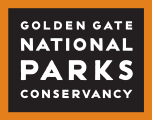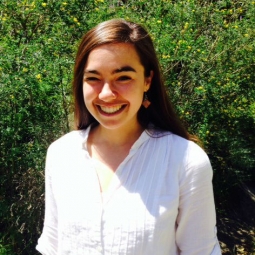Park Programs Designed for Community Needs
Publication Date
Story/Content
The Institute has been analyzing fabulous, unexpected outreach strategies at work in national parks near big cities. In particular, we have been trying to identify just what makes youth programs at Santa Monica Mountains National Recreation Area and the Golden Gate National Parks so ridiculously effective at engaging young people from a wide range of ethnic and socioeconomic backgrounds. Both parks are employing small but mighty program strategies to go after audiences that aren’t traditionally major park users, and we’ll share those key tools in our diversity report by the end of the year.
In the meantime, however, we’re also finding an underlying philosophical approach that is not intuitive: quit focusing on the park. When park program managers let go of their own program ideas and begin with the goal of serving a specific community, everything shifts—especially outreach strategy. This shift feels risky because it asks park staff to look away from the task of protecting natural and cultural resources, and to focus instead on helping people. Though preservation is important, it can easily become an all-consuming task that fails to take potential park users’ needs into account. Positioning the park as a dynamic solution to social ills, on the other hand, transforms it from delicately preserved museum piece to beloved tool. Parks with program managers who think this way are likely to be used more, with all the attendant risks, but they are also much more likely to be cherished and safeguarded by the growing number of people who use them.
At Crissy Field Center (CFC), this philosophy is hard at work in decisions about how to allocate staff time. With their people-first perspective, staff members regularly work outside the park, attending community convener meetings in under-resourced neighborhoods around San Francisco. This investment in understanding potential park audience experiences and challenges shapes CFC programs, instead of vice versa. And since the park has its finger on the pulse of what young, under-resourced San Franciscans actually want and need, its programs have a place in the social justice world of this city. It’s a different kind of outreach, but it seems to be working.


